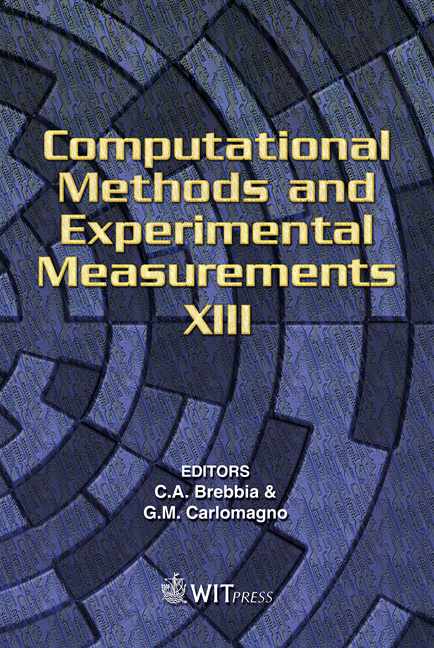Modern Techniques Of Measure And Control Of Deformations – An Experimental Test: Senerchia Landslide
Price
Free (open access)
Transaction
Volume
46
Pages
10
Published
2007
Size
1,138 kb
Paper DOI
10.2495/CMEM070851
Copyright
WIT Press
Author(s)
M. Caprioli & G. Strisciuglio
Abstract
Control of movements and deformations is based on the comparison between surveys repeated in different times and in particular on the determination of a certain number of points. The topographical method represents one of the possible solutions in order to reach such an aim. A control network is constituted by reference points (located in stable zones) and control points (located in unstable zones). The movements can be of two kinds: \“relative” between the control points (network deformations) and \“absolute” (control points respective to the reference network). Its necessary, therefore, to estimate, during the time, the stability of reference points. In this work the stability of reference network – located in Senerchia (Southern Italy) and constituted for the monitoring of a landslide area with static GPS – has been investigated. Both the classical and the Bayesian statistical analysis have been executed on the network in order to identify small movements in comparison with accuracy of the measurements. The application of the Bayes theory on the network has confirmed its stability. Keywords: deformation analysis, statistical inference, Bayesian approach, GPS. 1 Network in deformation analysis Control of movements and deformations is based on the comparison between surveys repeated in different times and particularly on the determination of the variation between the position of the points at the beginning and at the end of the considered period. The topographical method represents one of the possible ways to reach this aim. It can synthetically be summarized in the following phases: choice of the technique and instrumentation to be used, planning of the network configuration, monumentation of the vertexes, execution of the measurements
Keywords
deformation analysis, statistical inference, Bayesian approach, GPS.





